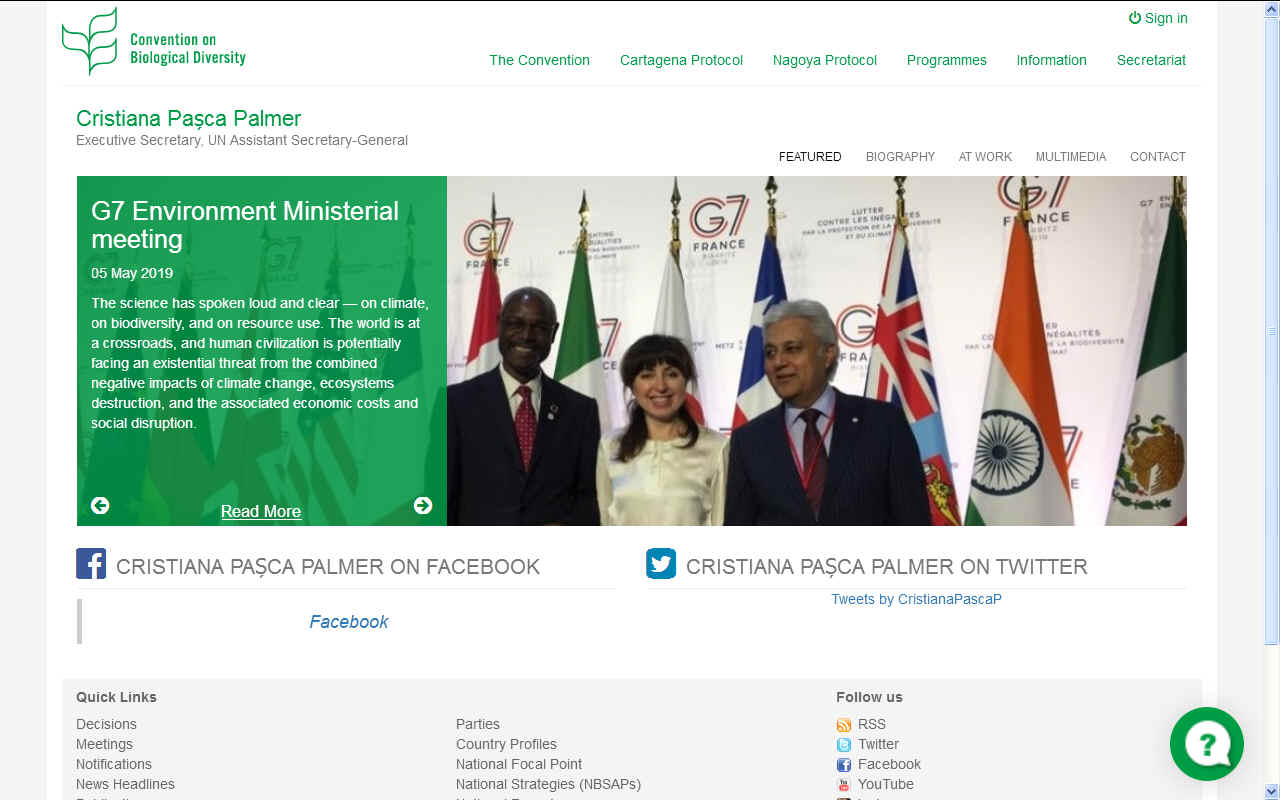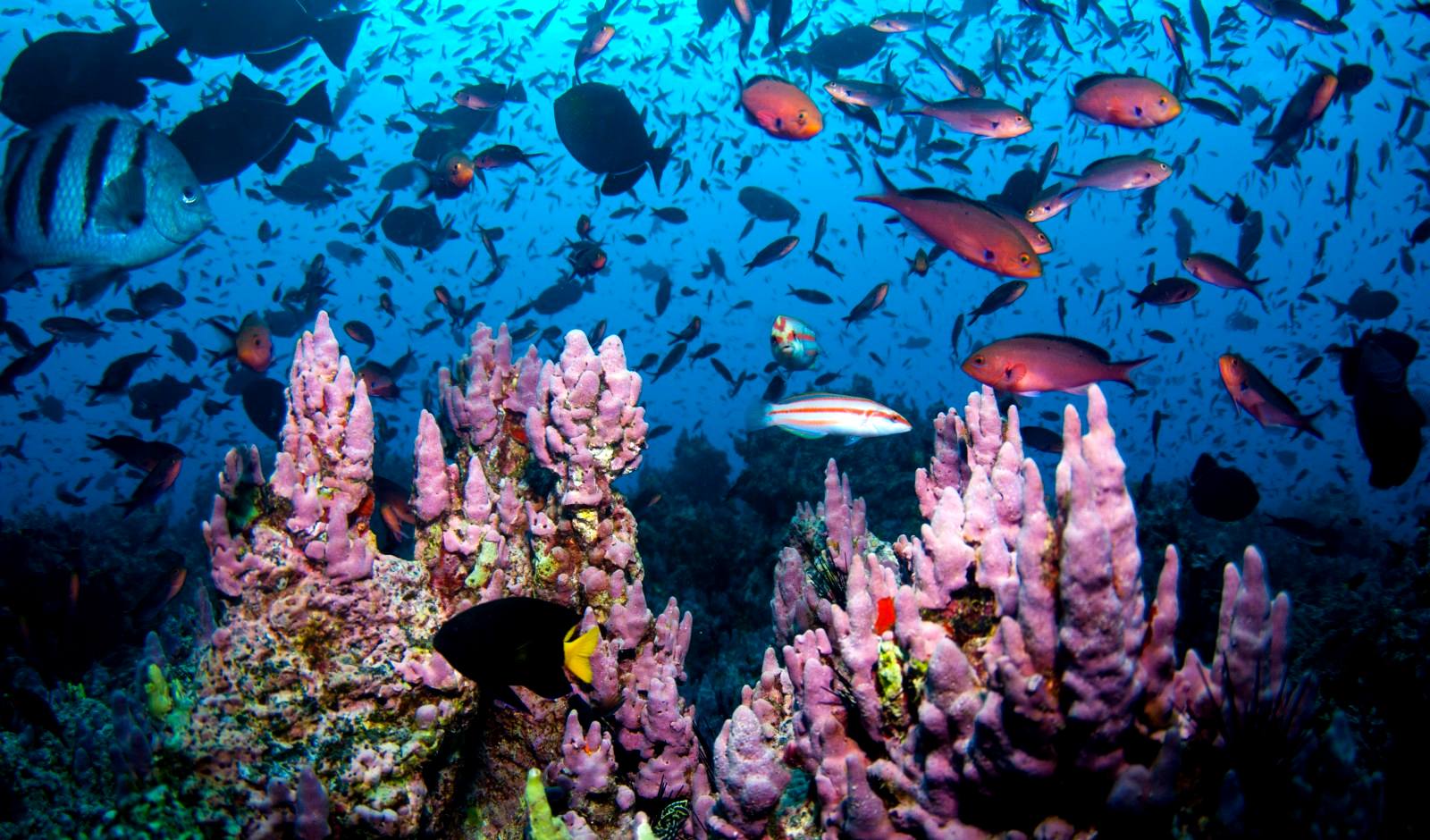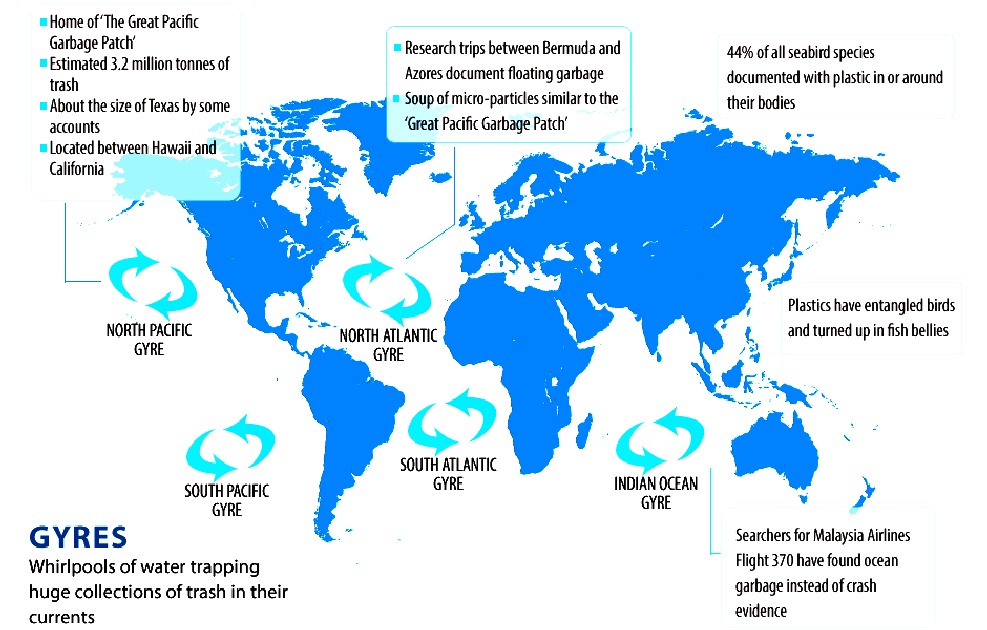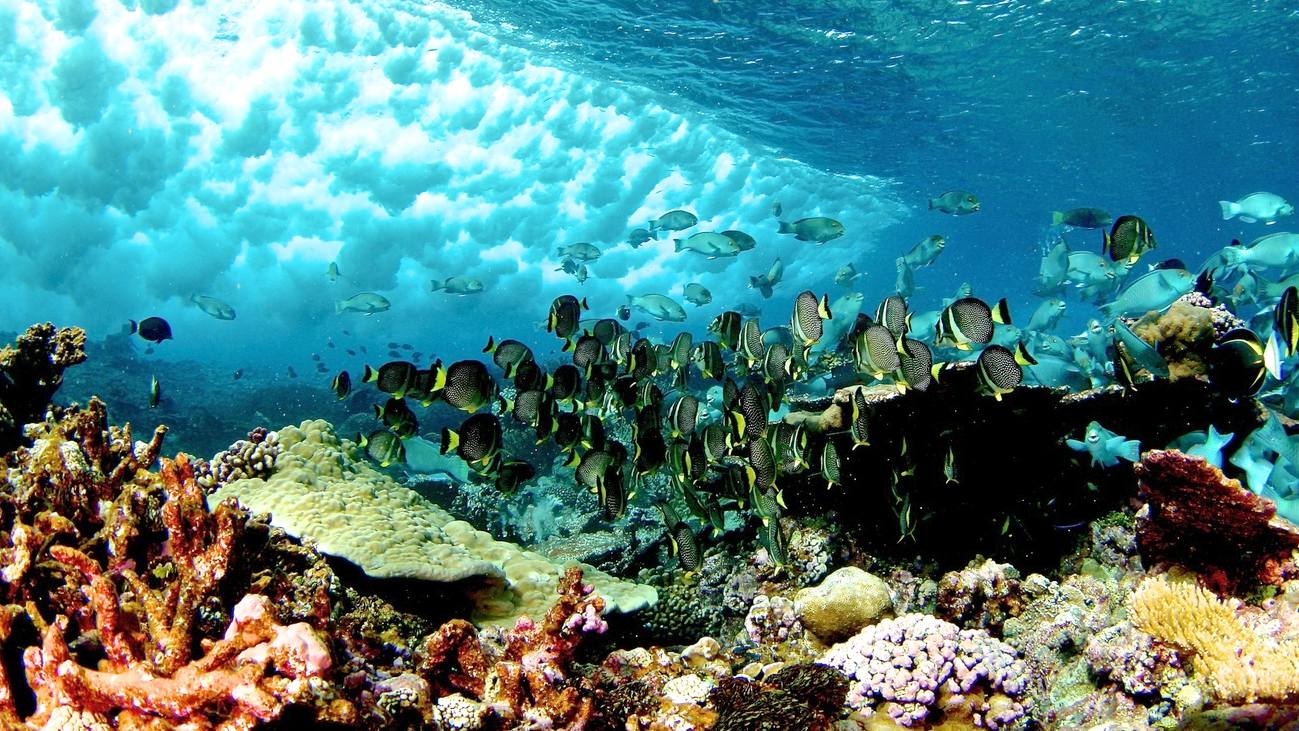|
COP5 BIOLOGICAL DIVERSITY 2000 PLEASE USE OUR A-Z INDEX TO NAVIGATE THIS SITE
The fifth ordinary meeting of the parties to the convention took place in May 2000, in Nairobi, Kenya.
COP 5 reviewed progress in the implementation of the work programme, encouraging the Executive Secretary and SBSTTA to complete the implementation of decision IV/5 as soon as possible, and added a work element on coral reefs, specifically on coral bleaching, to be integrated into programme element 2 (marine and coastal living resources), with a minimum three-year time schedule. It further endorsed the results of the Expert Consultation on Coral Bleaching, held in Manila from 11 to 13 October 1999, and included them as an annex to the decision.
The annex contains priority areas for action on coral bleaching under four headings: information-gathering; capacity-building; policy development/implementation; and financing. The work plan on coral bleaching was to take into account recommendations in this annex decision V/3.
It also invited
UNESCO to continue its strong involvement with the work programme and asked the Executive Secretary to coordinate with the secretariats of the Regional Seas Conventions and Action Plans, with a view to exploring further collaboration, including the development of joint work programmes.
The UNEP Headquarters in Nairobi drew together approximately 1500 participants representing 156 governments, as well as NGOs, IGOs and indigenous and local community organizations.
Delegates to COP-5 considered and adopted decisions on a number of topics, including: a new thematic work programme on conservation of dry and sub-humid land biodiversity; the ecosystem approach; access to genetic resources; alien species; sustainable use as a cross-cutting issue; biodiversity and tourism; incentive measures; the Global Strategy for Plant Conservation; progress in implementing the work programmes on agricultural, inland water ecosystem, marine and coastal and forest biodiversity; operations of the Convention; the Global Taxonomy Initiative (GTI); financial resources and mechanism; scientific and technical cooperation and the Clearing-House Mechanism (CHM); identification, monitoring and assessment, and indicators; and impact assessment, liability and redress.
A High-Level segment on the Cartagena Protocol on Biosafety, including a Ministerial Roundtable and a special signing ceremony, was convened during the second week of the meeting. Many delegates characterized COP-5 as a success and attributed this to the positive working atmosphere and delegates' efficiency. Participants noted the maturation of the process and discussions, while highlighting the need to move from policy generation to implementation.
SUBSIDIARY BODY ON SCIENTIFIC TECHNICAL AND TECHNOLOGICAL ADVICE
The fifth meeting of the SBSTTA took place in Montreal, Canada, between 31 January - 4 February 2000, some three months before the ordinary meeting in Kenya.
PARTIES TO THE CONVENTION
As of 2016, the Convention on Biological Diversification had 196 parties, which includes 195 states and the European Union. All UN member states - with the exception of the United States - have ratified the treaty.
The United Nations is the link between other Conferences of the Parties to include Climate Change and Desertification. It is a bit confusing to have so many different conferences that deal with interconnected issues. In addition, each member state will have their own meetings on the subject to decide what their position will be at the COPs. We wonder then at the size of the carbon footprints so generated in relation to the effectiveness of the decisions - that at the moment do not appear to be working to stabilize our climate, stop deserts from being created, or protect the habitats of our species.
In our view a climate emergency should have been declared, to accelerate a change from fossil fuels to clean energy harvesting. Not only to protect coral and other endangered species, but also to ensure long term energy security for the parties.
CONFERENCES OF THE PARTIES
The convention's governing body is the Conference of the Parties (COP), consisting of all governments (and regional economic integration organizations) that have ratified the treaty. This ultimate authority reviews progress under the Convention, identifies new priorities, and sets work plans for members.
(a) review of progress in implementation; (b) strategic actions to enhance implementation; (c) strengthening means of implementation; and (d) operations of the convention and the Protocols.
National Reports
MARINE & COASTAL BIODIVERSITY
There is broad recognition that the seas face unprecedented human-induced threats from industries such as fishing and transportation, the effects of waste disposal, excess nutrients from agricultural runoff, and the introduction of exotic species.
If we fail to understand both the vulnerability and resilience of the living sea, the relatively brief history of the human species will face a tragic destiny.
What's the Problem?
CONTACTS
Secretariat of the Convention on Biological Diversity
BIODIVERSITY COP HISTORY
CLIMATE CHANGE UN COP HISTORY
DESERTIFICATION COP HISTORY
CONSERVATION RISK - Plastic has accumulated in five ocean hot spots called gyres, see here in this world map derived from information published by 5 Gyres. The plastic is laden with toxins that fish and marine mammals mistake for food and eat - eventually killing them. Marine pollution is thus a major challenge if we are to ensure that species are not wiped out.
LINKS & REFERENCE
https://www.cbd.int/meetings/SBSTTA-01 https://worldoceanreview.com/en/wor-1/marine-ecosystem/biodiversity/ https://www.cbd.int/executive-secretary/ https://www.cbd.int/marine/
This website is provided on a free basis as a public information service. copyright © Cleaner Oceans Foundation Ltd (COFL) (Company No: 4674774) 2019. Solar Studios, BN271RF, United Kingdom. COFL is a company without share capital.
|



